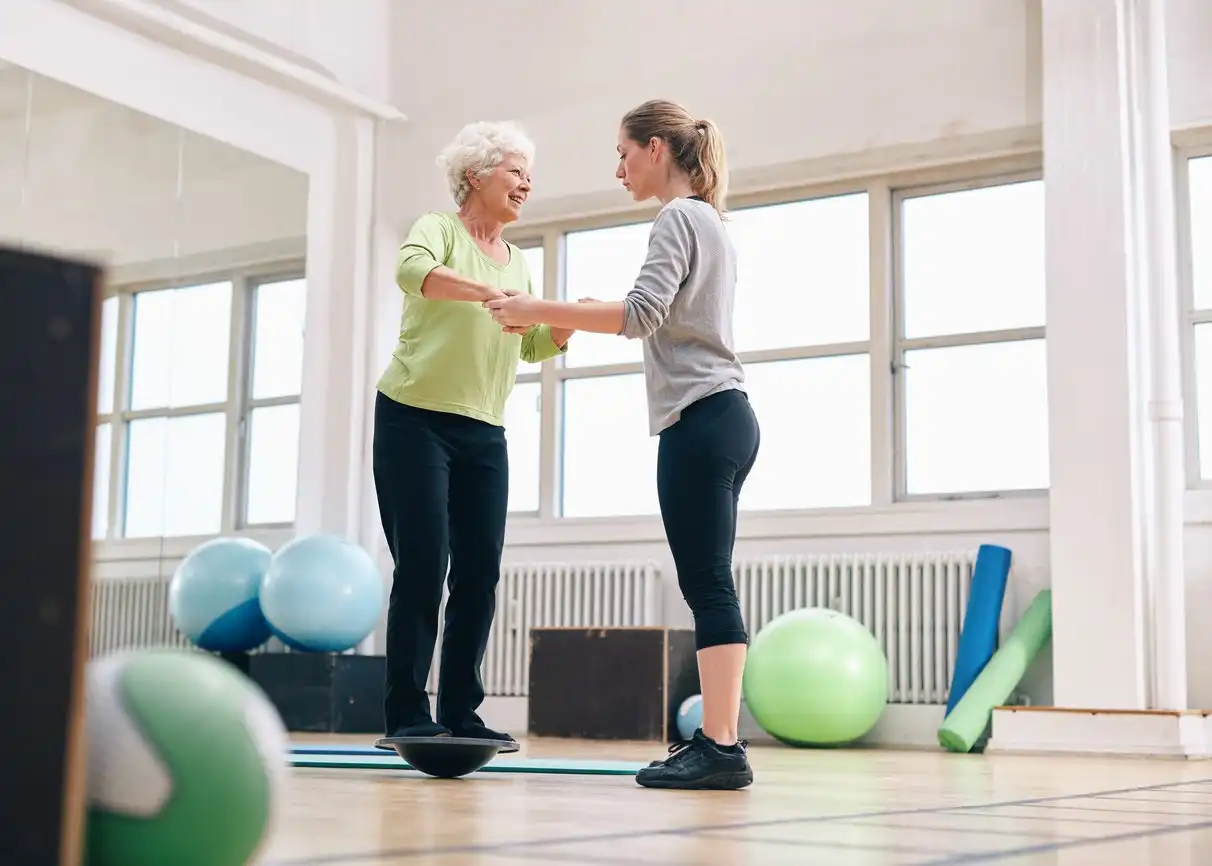Introduction: Why Understanding Falls Matters
Imagine waking up to the news that one in four Americans aged 65 and older falls each year. It's a staggering statistic, isn't it? Falls are not just a minor inconvenience; they can lead to serious injuries, loss of independence, and even death. As we age, the fear of falling becomes an ever-present concern, but it's crucial to remember that falls are not an inevitable part of aging. By understanding the common causes, we can take proactive steps to prevent them.
Understanding the Top 5 Causes of Falls
1. Muscle Weakness and Balance Issues
Aging often leads to muscle atrophy, which can significantly affect balance and stability. Weak leg muscles, in particular, are a major contributor to falls. Regular physical activity can help maintain muscle strength and improve balance.
2. Medication Side Effects
Many older adults are on multiple medications, some of which can cause dizziness or drowsiness, increasing the risk of falls. It's essential to consult with healthcare providers to review medications and their side effects regularly.
3. Environmental Hazards
Cluttered living spaces, poor lighting, and lack of safety features like grab bars can create a dangerous environment. Simple modifications in the home can drastically reduce the risk of falling.
4. Chronic Conditions
Conditions such as arthritis, diabetes, and heart disease can impact balance and coordination. Managing these conditions with proper medical care and lifestyle changes is vital.
5. Visual Impairments
Vision problems can make it difficult to detect hazards. Regular eye examinations and proper eyewear prescriptions are critical for maintaining a clear vision and reducing fall risk.
Layered Actionable Advice
Basic Strategies
- **Regular Exercise:** Engage in activities like walking or tai chi to improve strength and balance.
- **Medication Review:** Schedule regular consultations with healthcare providers to review your medications.
- **Home Safety Evaluation:** Conduct a safety assessment of your living space to identify and rectify potential hazards.
Intermediate Strategies
- **Balance Training:** Incorporate balance exercises into your routine, such as standing on one leg or heel-to-toe walks.
- **Community Programs:** Participate in fall prevention programs available in South Florida, which offer tailored exercises and education.
Advanced Strategies
- **At-Home Physical Therapy:** Engage with professional at-home Physical Therapy services like "Be On The Move" to receive personalized care and training.
- **Advanced Fitness Regimens:** Work with a therapist to create a comprehensive fitness plan that includes strength training and coordination exercises.
Benefits of At-Home Physical Therapy
At-home Physical Therapy offers a unique blend of convenience and personalized care, especially beneficial for Florida residents who may face transportation challenges or prefer the comfort of their own space. It not only enhances physical strength and balance but also provides emotional support through one-on-one interactions with therapists. The tailored exercises and consistent monitoring help in steadily improving mobility and confidence, leading to a more active and independent life.
Conclusion: Take the First Step Towards a Safer Future
Understanding and addressing the causes of falls can significantly enhance your quality of life. Take proactive steps today, whether it's through simple home modifications, engaging in physical activities, or seeking professional guidance from "Be On The Move." Remember, the journey to aging gracefully is not one you have to take alone. Explore our resources and contact us to embark on a path to a safer, healthier future. Together, let's keep moving forward.
See you soon,
//❤️ Trudy//
The information provided in this article is intended for general educational and informational purposes only. It is not a substitute for professional medical advice, diagnosis, or treatment. Always seek the advice of your physician or other qualified health provider with any questions you may have regarding a medical condition or before starting any new exercise program. If you experience any pain or difficulty with exercises or advice mentioned in this article, stop immediately and consult your healthcare provider. Be On The Move and its representatives do not assume any responsibility for any aspect of healthcare administered with the aid of information provided herein.




